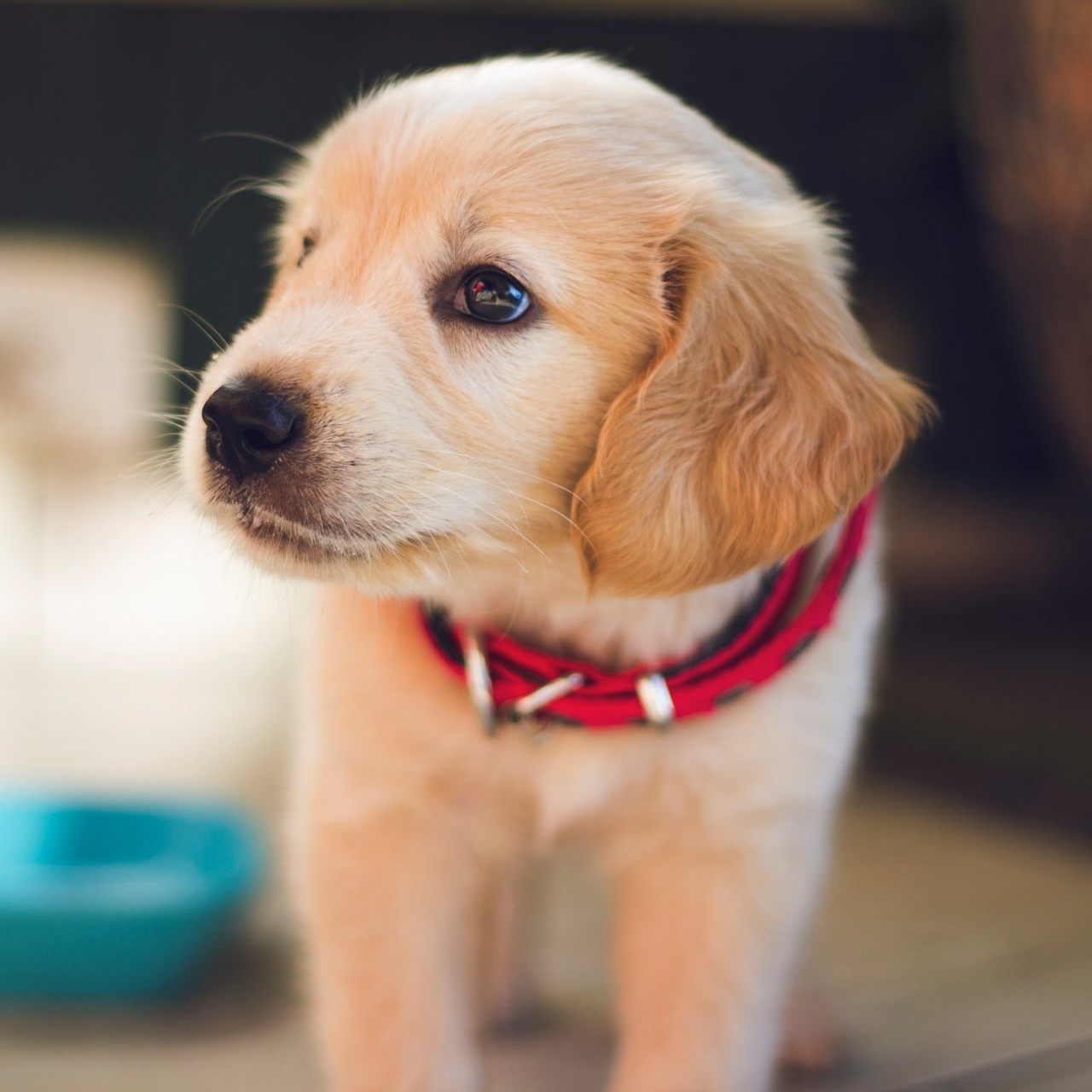info@chevingtonclinic.co.uk
(+44) 01883 743355
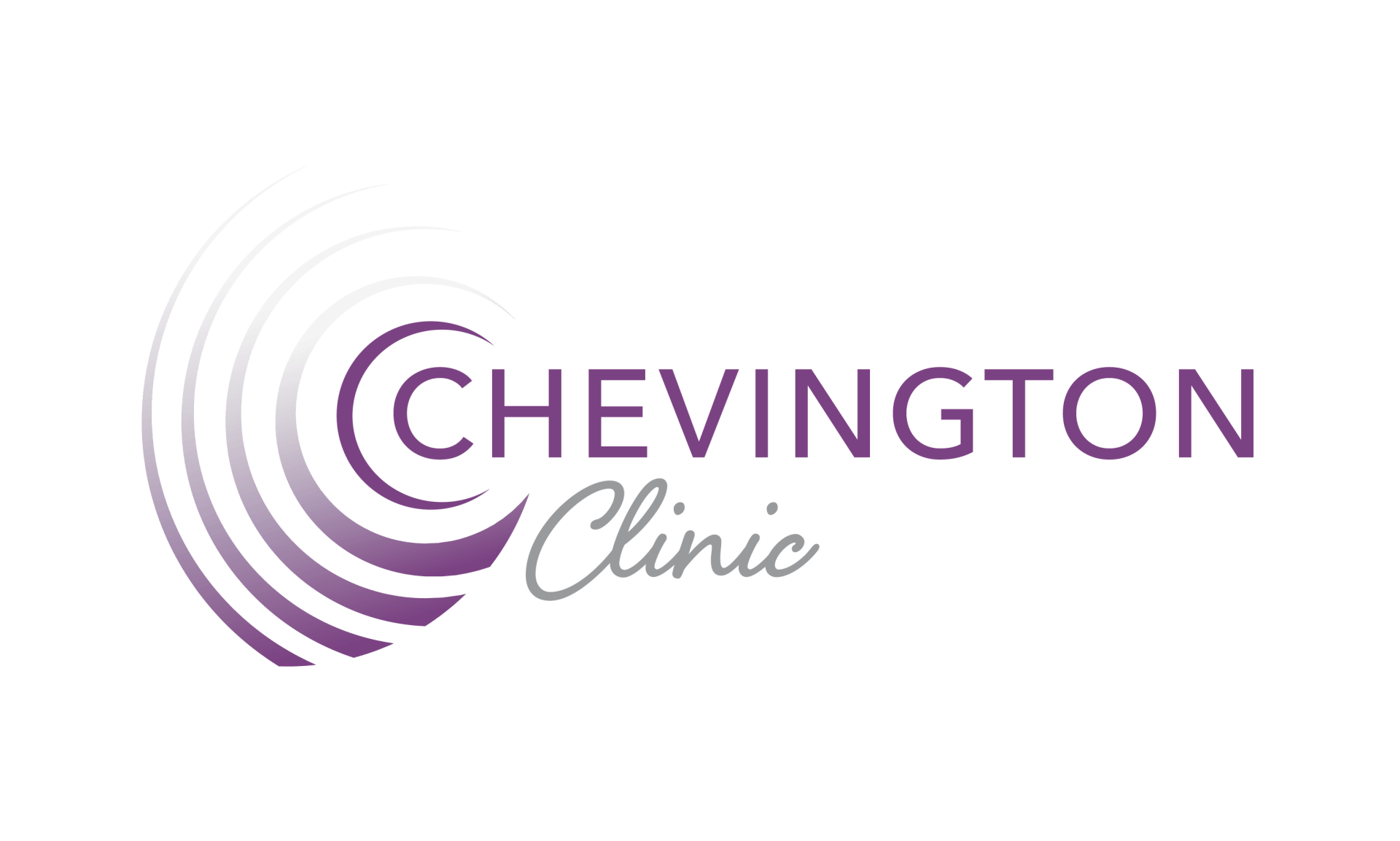
ANIMAL CHIROPRACTIC
ANIMAL CHIROPRACTIC
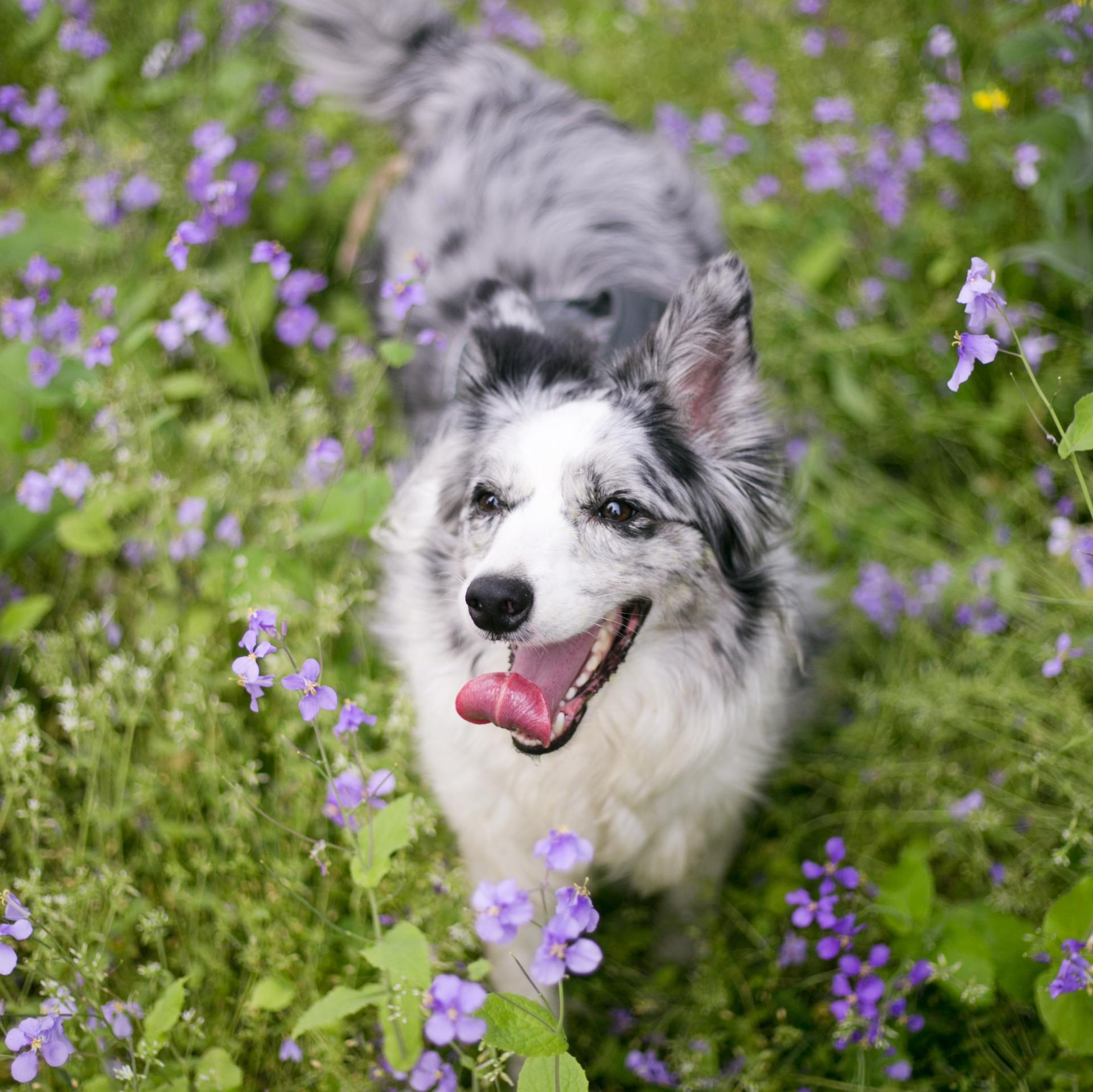
WHAT IS ANIMAL CHIROPRACTIC?
McTimoney Chiropractic uses precise, fast adjustments that appear gentle and the whole body is checked at each treatment. Initially a case history is obtained consisting of information from the owner, information from the veterinary surgeon and information involving previous diagnoses and therapies.
The animal is then examined, which may include posture analysis, gait analysis, vertebral and extremity static palpation, vertebral and static motion palpation, orthopaedic and neurologic evaluation. Information from the case history and the examination are then combined to determine the chiropractic adjustments the animal may require.
After adjustment, animal chiropractic care involves management advice as to what is needed to insure proper response to chiropractic care, including rehabilitation and therapeutic exercise. Animals may only be treated once veterinary approval has been given, but Chevington Chiropractic Clinic has many vets who refer patients directly to us, and are very happy to work closely with the owner’s vet.
Animal Chiropractic does not attempt to replace necessary traditional veterinary care.
A DRUG-FREE APPROACH TO HEALTH CARE
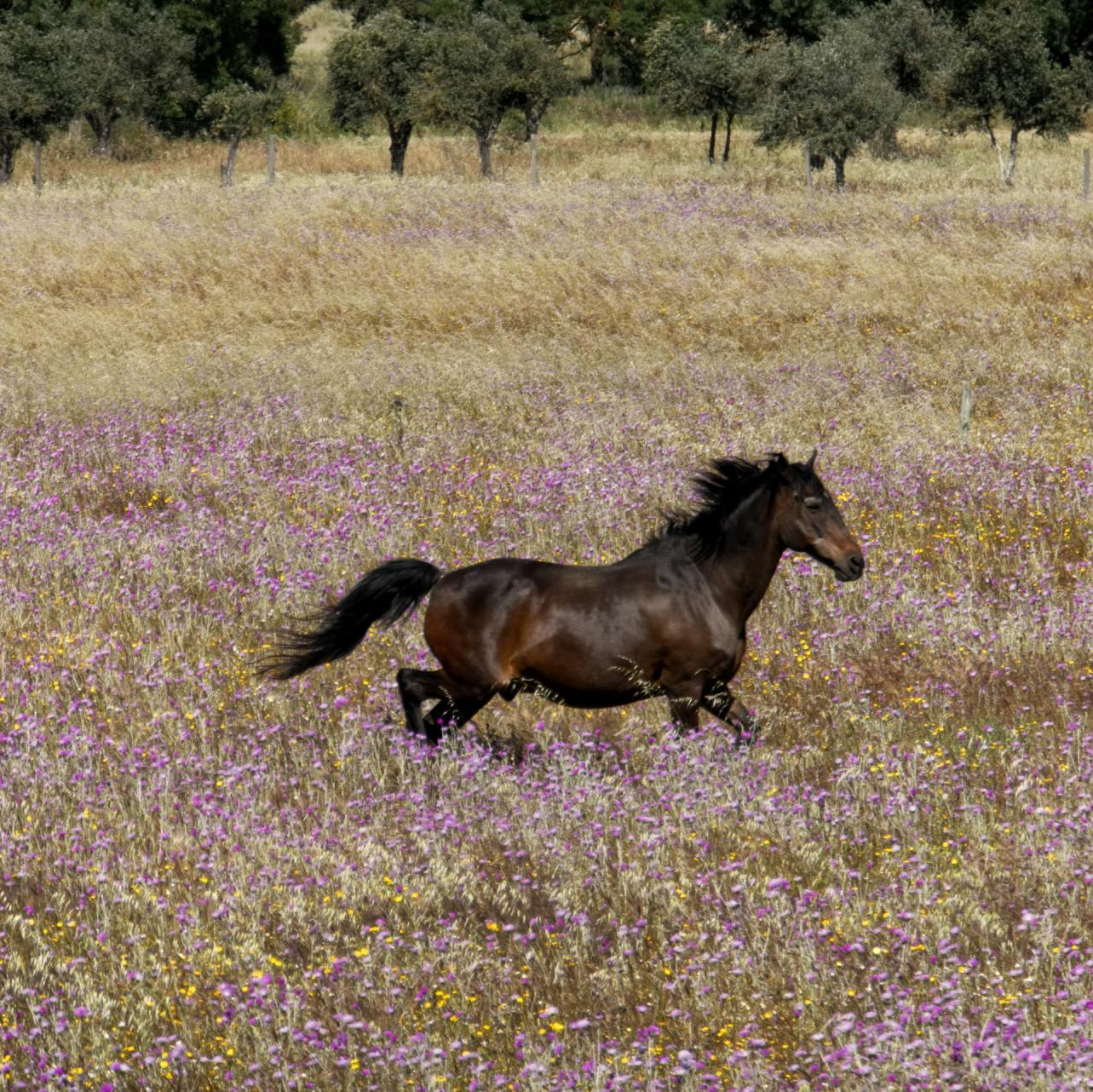
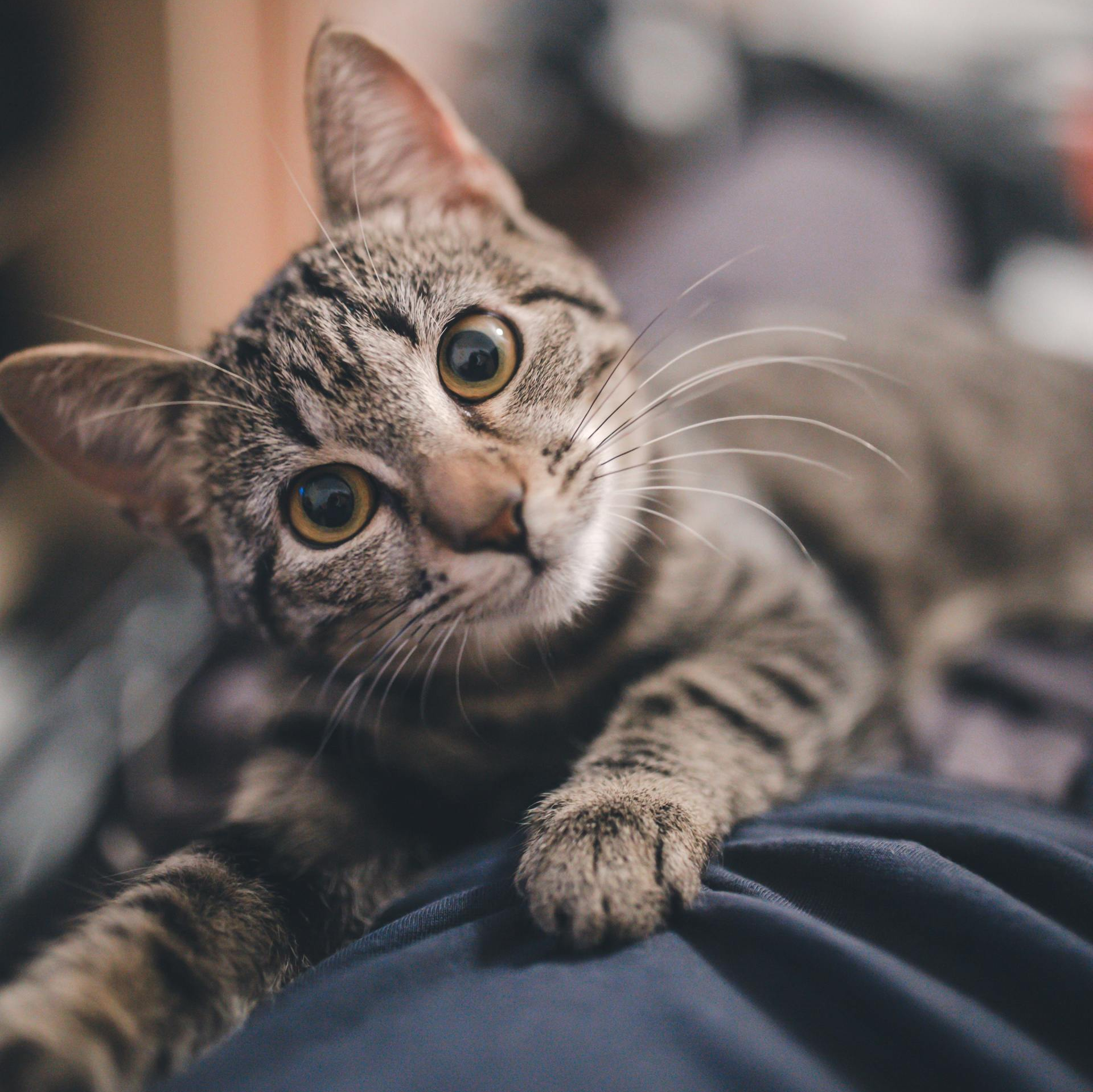
HOW TO KNOW IF YOUR ANIMAL NEEDS IT?
- Owners may observe a change in behaviour of the animal
- Horses may start to resent being tacked up, rugged or ridden or there may a change in their way of going – bucking, refusing to jump etc
- Dogs may start to become defensive around other dogs, stop playing with toys or become unwilling to go for a walk as before
- Owners may know that a trauma has occurred
- Many horses and dogs are used as athletes to run and jump, and sometimes musculoskeletal problems occur following accidents or over use just as in human athletes, however, animals often ‘do things’ to themselves that the owner does not see - for instance horses hurt themselves playing in the field, dogs run into trees, other dogs or holes out of sight of the owner, cats may go missing for several days and then return with altered behaviour
- The ageing process
CARE MAY BE APPROPRIATE IN THE TREATMENT OF:
- Neck
- Back leg and tail pain
- Muscle spasms
- Nerve problems
- Jaw or TMJ problems
- Difficulty chewing
- Event or sports injuries
- Disc problems, joint problems, limping
- Injuries from slips, falls and accidents

